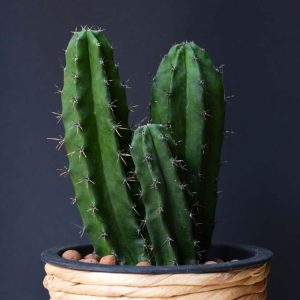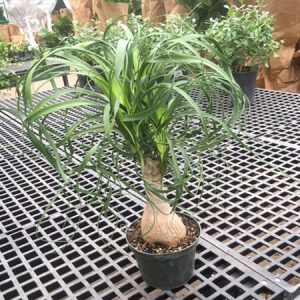Description
Tricyrtis – Toad Lily –
There are about 20 rhizomatous or stoloniferous herbaceous perennials in the Liliaceae family, in this genus. They are found naturally occurring in moist woodland and on mountains and cliffs from the Eastern Himalayas to the Phillippines. From erect or arching, usually hairy stems bear alternate, sometimes 2 ranked, oblong to lance shaped, pointed pale to dark green, usually stem clasping leaves, they are often glossy, sometimes spotted darker green, and have prominent veins. The flowers are star shaped, open bell shaped, or funnel shaped with the tips opened out. They each have 6 tepals, thee outer 3 with basal bulges, and are borne singly or in clusters from the leaf axils, or in terminal or axillary cymes.. Toad lilies are suitable for a woodland garden or a shady border.
Grow in moist but well drained, humus rich soil in deep or partial shade. T. latifoliaa tolerates drier conditions and may spread widely. T. macrantha and T. macrantha subsp. maccranthopsis prefer deep shade and very moist soil. In colder areas, grow the late blooming species in a sheltered, warm but not sunny position to encourage flowering before frosts. Provide a deep, loose winter mulch in areas where prolonged cold is not accompanied by snow cover. Divide in early spring when dormant.
Prone to slugs and snails.
T. hirta ‘Variegata’ – T. japonica ‘Variegata’ – This clump forming, rhizomatous perennial, grows 32″ tall and 24″ wide. It produces densely hairy stems and lance shaped, veined, hairy, pale green leaves narrowly edged in yellow-gold, to 6″ long, heart shaped at the bases. From late summer to mid autumn, erect, star shaped,, purple spotted white flowers, to 1 1/4″ long, with purple stigmas and spreading then recurved tepals, are produced singly or in clusters from the leaf axils, or in terminal or axillary cymes.
Zones 4-9





